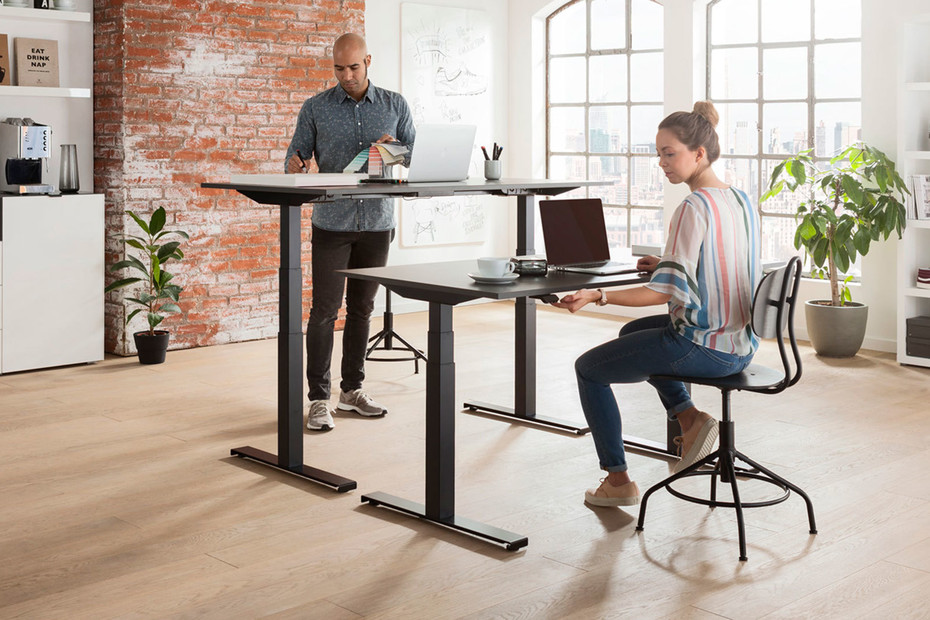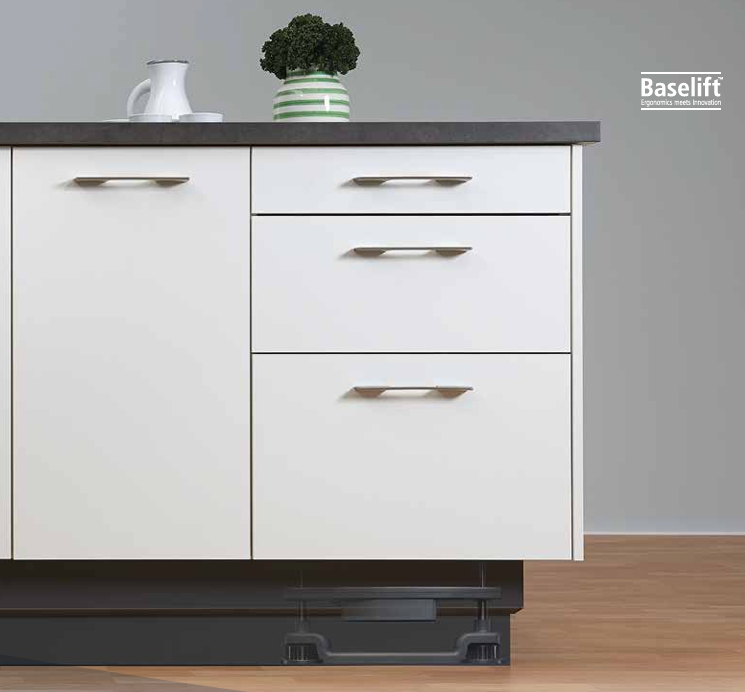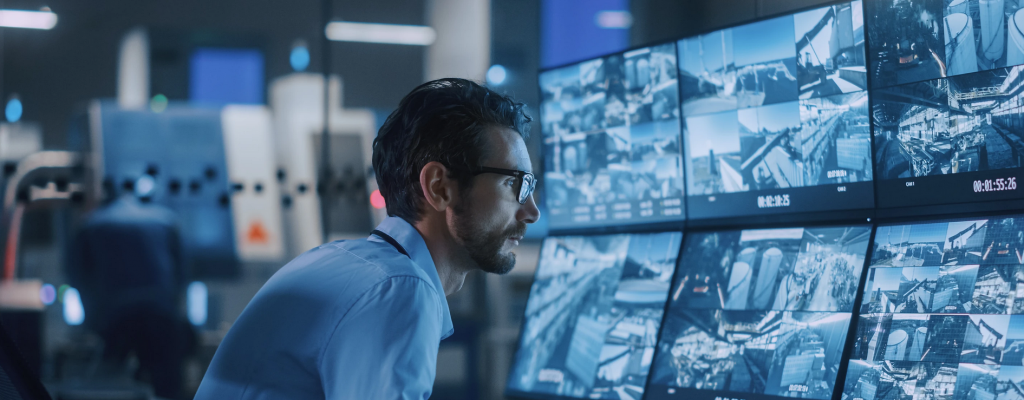Introduction
In the realm of interior design, the integration of technology into our living spaces has transcended mere convenience, becoming a cornerstone of modern aesthetics and functionality. As we stand on the brink of a new era, where technology and living spaces become indistinguishable, understanding the latest trends in tech infrastructure within interior design is paramount. This article aims to showcase these innovations, focusing on how they enhance not only the efficiency of our homes but also the quality of our lives.
The Rise of Smart Homes
The concept of smart homes, once a futuristic fantasy, is now a reality for many. These intelligent ecosystems offer unprecedented control over home environments, making daily routines more convenient and energy-efficient. Key components like smart thermostats, which learn your temperature preferences and adjust accordingly, and lighting systems that can be controlled remotely, are just the tip of the iceberg. Advanced security systems now not only monitor the home but also provide real-time alerts and video feeds directly to homeowners‘ smartphones, offering peace of mind no matter where they are. The adoption of these technologies marks a significant shift towards more connected, controlled, and comfortable living environments.
Innovative Furniture and Fixtures
As technology advances, so does the design and functionality of furniture and fixtures within our homes. Designers are increasingly incorporating technology into everyday items, merging comfort with convenience. Imagine a sofa that not only offers a cozy seating option but also includes built-in wireless charging pads and speakers. Or consider smart mirrors that not only reflect your image but also display your daily schedule, the weather, and even news updates. These innovations are not just about adding technological features; they’re about creating a seamless blend of design and utility, enhancing the aesthetic appeal of living spaces while catering to the modern lifestyle’s demands.
Energy Efficiency and Sustainability
Today’s interior design trends heavily emphasize sustainability and energy efficiency, reflecting a growing awareness of environmental issues. Modern tech infrastructure plays a crucial role in this shift. Solar panel installations and smart energy management systems allow homeowners to harness renewable energy and monitor their consumption, leading to significant reductions in carbon footprint and utility bills. Additionally, the use of eco-friendly materials in tech products and furniture supports sustainable living practices. These technological solutions offer a dual benefit: they minimize environmental impact while maximizing comfort and efficiency in our living spaces.
Home Entertainment and Connectivity
The evolution of home entertainment systems and connectivity options has not only transformed the way we experience media but also how we integrate these technologies into our living spaces. With the advent of smart TVs, immersive sound systems, and streaming services, the living room has been elevated to a personal cinema. However, a significant innovation that stands out in the seamless blend of luxury, functionality, and design is the integration of Flatlift TV Lift Systems.
Flatlift TV Lift Systems represent a pinnacle in the technical evolution of residential homes and yachts, offering an elegant solution to the age-old dilemma of how to incorporate large entertainment devices without compromising on style or space. With Flatlift, televisions can be cleverly hidden within floors, walls, partition walls, furniture, or even room ceilings, emerging at the touch of a button when needed. This technology not only preserves the aesthetic appeal of a room but also adds a wow factor to the interior design, making it a perfect example of how technology can enhance living spaces without intrusion.
The ability to conceal and reveal televisions as desired allows for more versatile room designs and usage, ensuring that the focus remains on the beauty of the interior design until the moment entertainment is sought. Moreover, in settings such as yachts, where space is at a premium, the use of Flatlift TV Lift Systems ensures that every inch is utilized efficiently, without sacrificing luxury or comfort.
This seamless connectivity and integration of entertainment technology highlight the ongoing innovation in interior design, where convenience, luxury, and aesthetics converge. The incorporation of devices like Flatlift TV Lift Systems into homes and yachts is a testament to the endless possibilities when technology and design harmoniously blend to enhance our living environments.
Future Trends and Innovations
The future of interior design and technology integration holds promising innovations that could further revolutionize our living spaces. Augmented reality (AR) and virtual reality (VR) are set to play a significant role, offering new ways to visualize and plan interior layouts before making any physical changes. Imagine using AR to see how a piece of furniture would look in your room or VR to walk through a redesigned kitchen before the renovation begins.
Artificial intelligence (AI) and the Internet of Things (IoT) will continue to advance, making smart homes even smarter. AI could predict homeowners‘ preferences and adjust the environment accordingly, from lighting to temperature, creating a truly personalized living space. IoT, on the other hand, will enhance connectivity between devices, leading to more efficient and intuitive control over home functionalities.
Biophilic design, emphasizing the connection between nature and living spaces, will likely incorporate technology in novel ways. This could include living walls that adjust their care automatically or windows that tint based on sunlight and indoor plant needs, blending natural elements with tech-driven solutions for healthier, more sustainable living environments.
Health and Wellness Technologies
Explore how technology in living spaces can contribute to physical and mental well-being. This section could cover innovations like circadian lighting systems that adjust the color temperature of lights to match the natural light cycle, promoting better sleep. Additionally, it could discuss advanced air purification systems and water filtration technologies that ensure a healthier living environment. Highlighting smart fitness equipment that integrates with virtual reality for immersive workout experiences could also be fascinating.
Personalized Automation and AI
Delve into the next level of personalization in smart homes through AI-driven automation. This part would discuss systems that learn from homeowners‘ behaviors and preferences to automate tasks like adjusting the thermostat, opening blinds, or playing music at certain times of the day. The focus would be on creating a living space that not only responds to commands but anticipates needs, making daily life smoother and more enjoyable.

Integrated Home Offices
Given the rise of remote work, a section on technology trends in home office design would be timely and relevant. This could include ergonomic solutions powered by technology, such as adjustable desks and chairs that remind you to change posture, and smart organization systems that help minimize clutter. Additionally, discussing the latest in video conferencing technology, noise-cancellation systems, and connectivity solutions that help create an efficient, productive work environment at home would be valuable.

Smart Kitchen Innovations
Highlight the revolution in kitchen design with smart appliances and gadgets that make cooking and managing the kitchen more efficient and enjoyable. For example a height adjustable kitchen or cooking island can reduce or wipe away back pain and back problems due to perfect cooking heights. Also this could cover everything from smart refrigerators that track expiration dates and suggest recipes based on contents, to ovens that can be preheated remotely, and faucets that deliver precisely measured water volumes. The focus would be on how these innovations contribute to a seamless culinary experience, making the kitchen a central hub of technology and convenience.
Sustainable Tech Solutions
Focus on how technology can be leveraged to create more sustainable and eco-friendly living spaces. This section would go beyond energy efficiency to discuss innovations like greywater recycling systems, smart irrigation for home gardens, and the use of sustainable materials in tech products. Highlighting the role of technology in promoting a lifestyle that’s not only about luxury and convenience but also about responsibility towards the environment.

Security and Privacy Enhancements
With the increased integration of technology in homes, security and privacy become paramount. This section would discuss the latest trends in home security systems, including facial recognition entry systems, smart locks, and comprehensive home monitoring solutions that offer peace of mind. Additionally, it could explore the importance of cybersecurity measures for smart homes, protecting homeowners from digital intrusions and ensuring their data and privacy are safeguarded.
Conclusion
The integration of technology into living spaces and interior design is not just a trend; it’s a shift towards more efficient, sustainable, and enjoyable living environments. As we’ve explored, from smart homes to innovative furniture, and the potential of future technologies, it’s clear that the embrace of tech infrastructure is crucial for modern living. These advancements offer the promise of homes that are not only more connected and convenient but also more in tune with the environmental and personal well-being of their inhabitants.
By staying informed about and adopting these latest technology trends, homeowners and designers can not only enhance the functionality and aesthetic appeal of living spaces but also contribute to a more sustainable and efficient future. As we look forward to the innovations that lie ahead, the potential for transformative changes in how we live and interact with our spaces is boundless.
Veröffentlicht in Allgemein